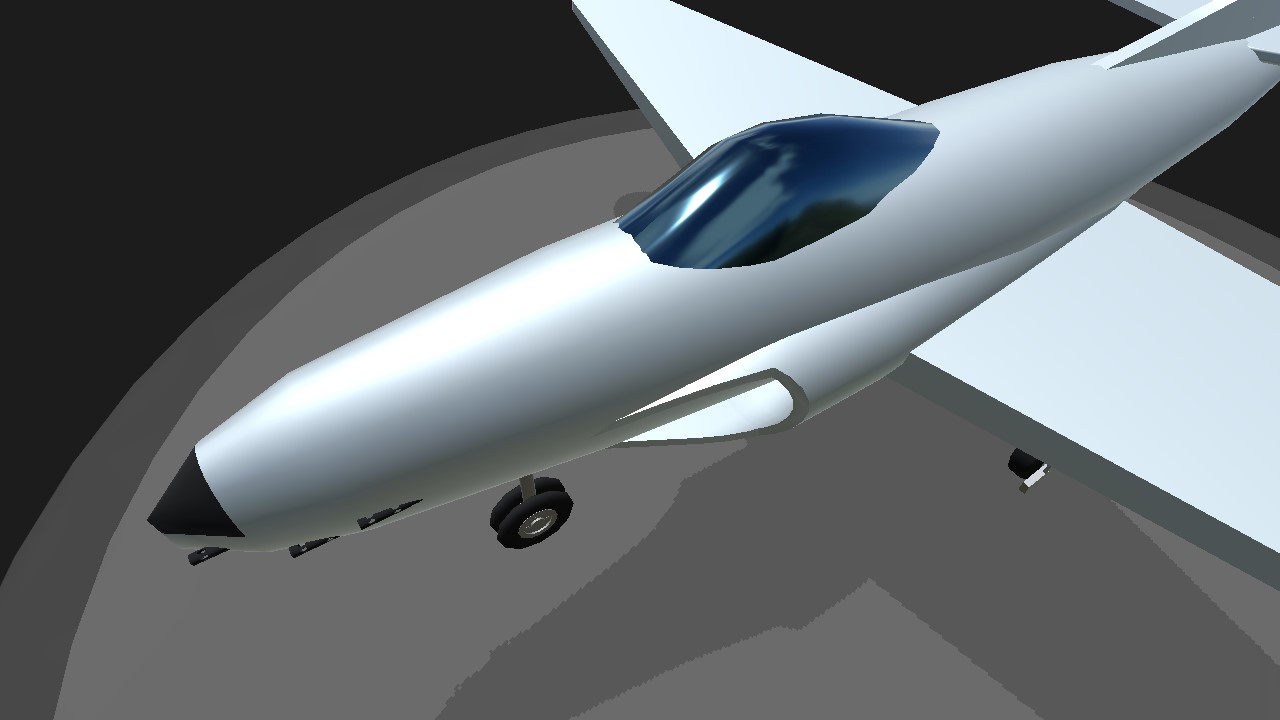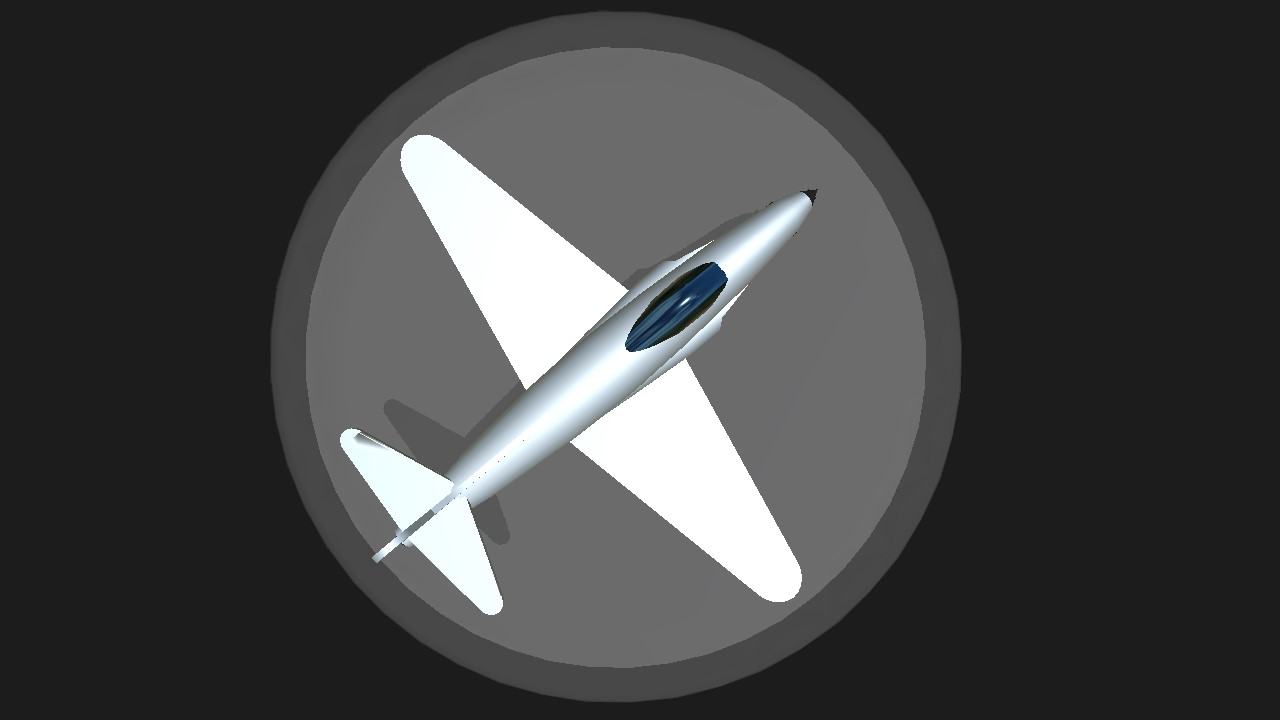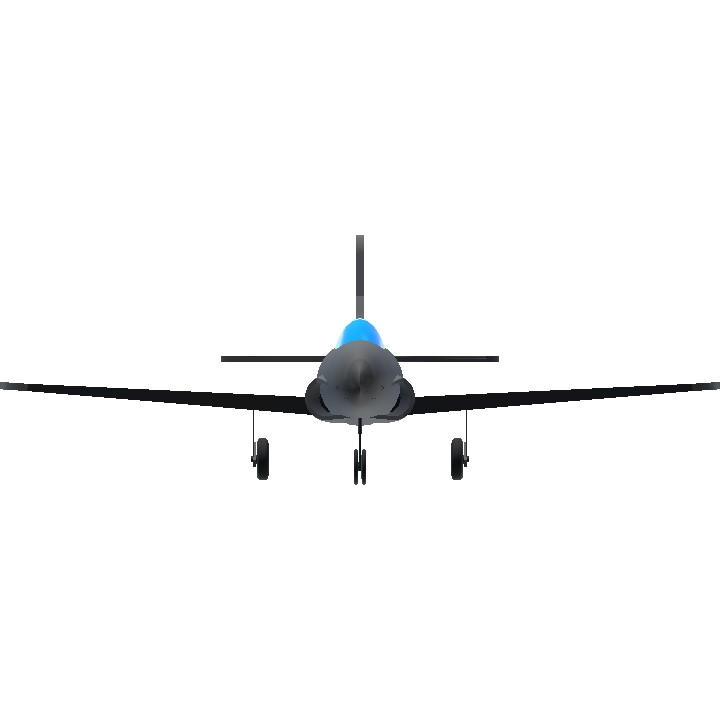The another "Comet" that also too late to join the party~
Lockheed P-80 (later F-80) Shooting Star
- About the aircraft
The Lockheed P-80 Shooting Star is the first jet fighter used operationally by the United States Army Air Forces (USAAF) during World War II. Designed and built by Lockheed in 1943 and delivered just 143 days from the start of design, two pre-production models saw limited service in Italy just before the end of World War II. Designed with straight wings, the type saw extensive combat in Korea with the United States Air Force (USAF) as the F-80.
America's first successful turbojet-powered combat aircraft, it was soon outclassed with the appearance of the swept-wing transonic MiG-15 and was quickly replaced in the air superiority role by the transonic F-86 Sabre. The F-94 Starfire, an all-weather interceptor using the same airframe, also saw Korean War service. The closely related T-33 Shooting Star trainer remained in service with the U.S. Air Force and Navy well into the 1980s, with the last NT-33 variant not retired until April 1997.
The Lockheed P-80 Shooting Star holds a significant place in aviation history as the first American jet fighter to enter widespread service. Developed with remarkable speed during World War II and based heavily on captured German jet technology, the P-80 was designed to counter the threat of advanced Axis aircraft like the Messerschmitt Me 262.
Characterized by its sleek, streamlined fuselage, the P-80 was powered by a single Allison J33 turbojet engine, giving it impressive speed and maneuverability for its time. It featured straight wings, a nose-mounted armament of six .50 caliber machine guns (later variations carried other armaments), and accommodated a single pilot. While it entered service too late to significantly impact the war in Europe, the P-80 saw extensive action in the Korean War, where it proved effective in air-to-air combat and ground attack roles.
Although quickly outclassed by newer, swept-wing designs like the F-86 Sabre, the P-80 served in various roles, including training (as the T-33 Shooting Star), reconnaissance (F-14 variant, consider not to be confused to that later VG wing Tomcat uhh..), and even as a drone director aircraft. Its robust design and reliable performance ensured a long service life, with some examples remaining in use until the late 1970s. The Shooting Star represented a pivotal step in the evolution of American fighter aircraft, ushering in the jet age and paving the way for future generations of high-performance combat planes.
Possible Nicknames:
Based on the P-80's characteristics and historical context, here are some potential nicknames you might find in community forum discussions:
Lead Sled: (Ironically) While the P-80 was fast for its time, some pilots, especially later in its service life when compared to more advanced jets, might have jokingly referred to it as a "Lead Sled", similar to how the F-84 Thunderjet was sometimes nicknamed.
Allison's Baby: Referencing the Allison J33 engine.
- The actual nicknames used often varied depending on the specific unit or squadron using the aircraft (even possibly jet's ace), and the time period.
- About the variant
F-80C
USAF designation of P-80C; 128 F-80A modified to F-80C-11-LO with J-33-A-35 engine and ejection seat installed; fitted with 260 US gal (220 imp gal; 980 L) tiptanks; major P-80 production version.
C O N T R O L S
Trim : Flaps, cruising 'rotate' adjuster
VTOL : Further flaps
Specifications
Spotlights
- xYoshii_ 16 days ago
- NewWorldAerospace 17 days ago
- UnitedinOne90XCVBNKA 17 days ago
- Rob119 16 days ago
General Characteristics
- Created On Android
- Wingspan 38.6ft (11.8m)
- Length 34.8ft (10.6m)
- Height 13.4ft (4.1m)
- Empty Weight 5,959lbs (2,703kg)
- Loaded Weight 8,612lbs (3,906kg)
Performance
- Power/Weight Ratio 0.939
- Wing Loading 17.7lbs/ft2 (86.3kg/m2)
- Wing Area 487.1ft2 (45.3m2)
- Drag Points 1934
Parts
- Number of Parts 65
- Control Surfaces 7
- Performance Cost 452







col plen